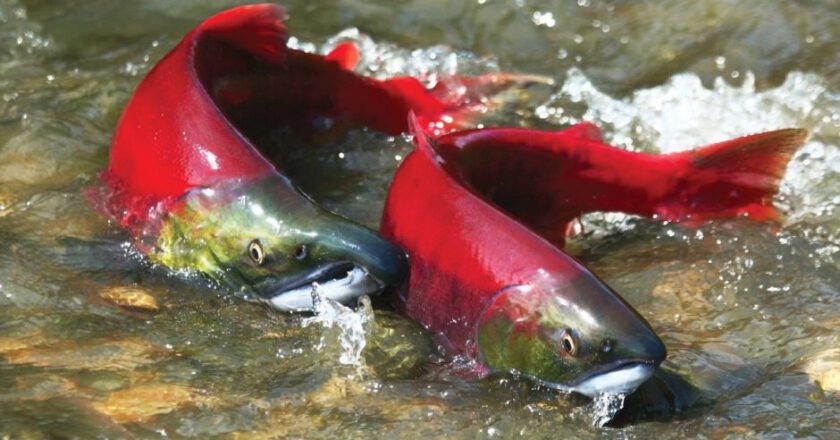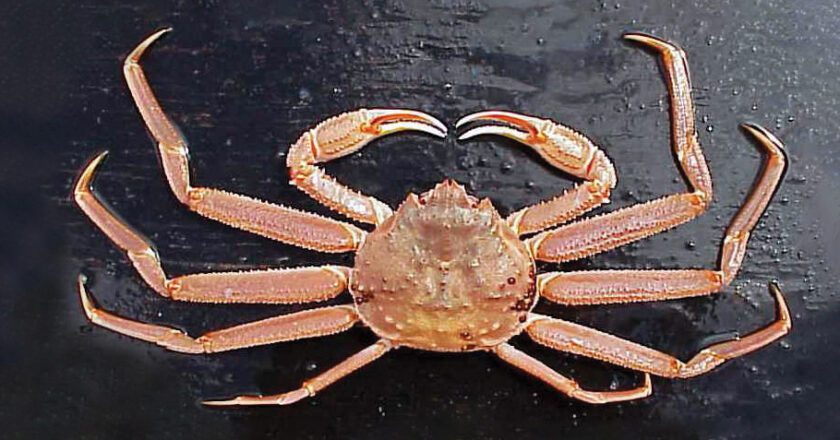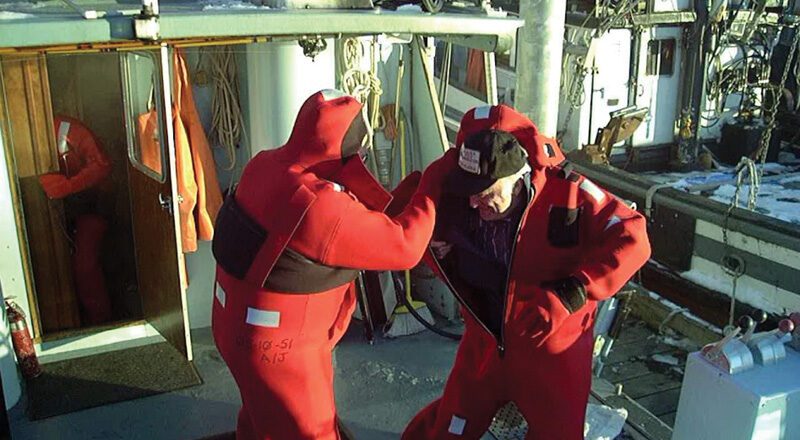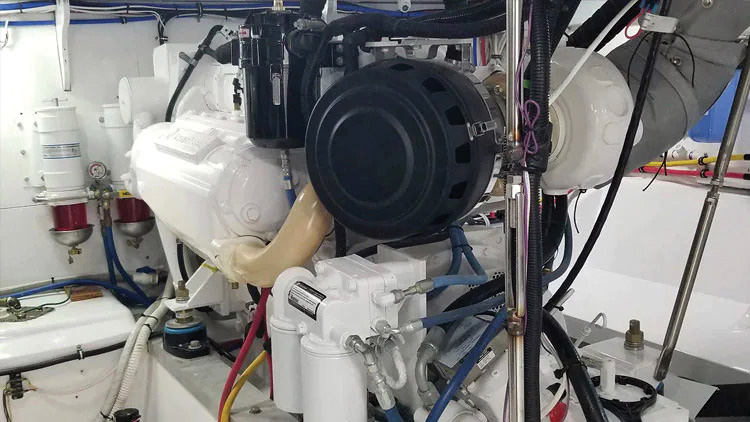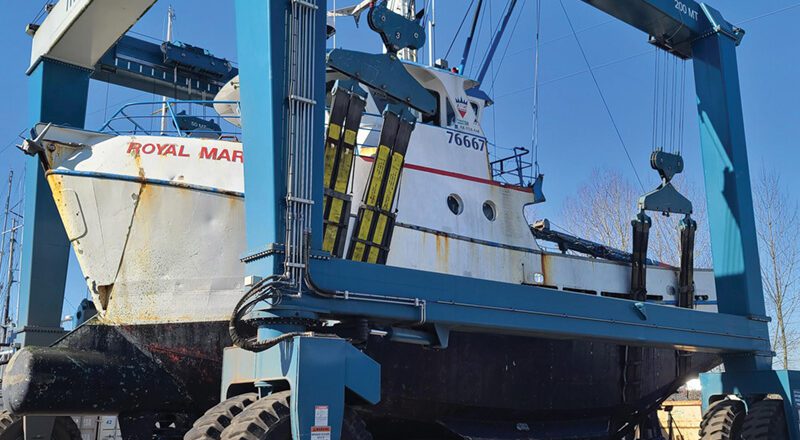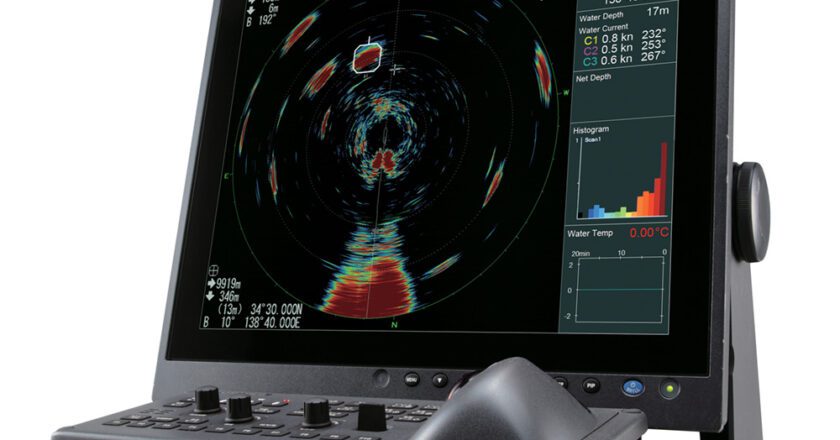UW Study Supports ‘Safety in Numbers’ Hypothesis for Pacific Salmon
A University of Washington study published in late June found that Pacific salmon in large groups face a lower risk of being consumed by predators, although for some salmon species that tradeoff means more competition for food.
While most people think of salmon spawning in freshwater streams, they also spend a huge amount of time in the ocean feeding and growing, said Anne Polyakov, lead author of the study, which was published in the journal Science Advances.
“One of the reasons why this study is so unique is that we essentially can’t observe these fish at all in their natural ocean environment, and yet we’re able to pull out these really strong results on how grouping affects predation risk and foraging success for individual fish using this incredibly valuable dataset,” said Polyako...

